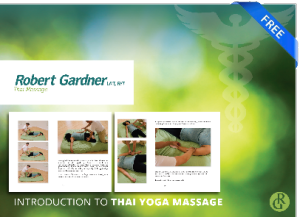On the Breath pt.2
The most common breathing done in hatha yoga is called ujjayi. It’s said to build internal heat, cleanse the body and it aids in slowing down the heart rate. When people breathe this way there is a slight, small sounding rasp in the throat. It’s the sound of the ocean hitting the beach at low volume. If I have students exhale through their mouth and make a haaahahahahahahhhahahahah sound it’s the same muscular contraction taking place.
This is the epiglottis. This covers the trachea during eating so that food doesn’t go down into your lungs. This covering, if lightly contracted, closes the windpipe (trachea) slightly and makes for a smaller pipe to pull air down into the lungs. This has several functions. The sound occurs due to air rushing over the epiglottis much like the whistle that happens when you blow over a glass bottle.
The lungs are like balloons. There is one on either side of the heart. Those ballons are only so large and if you take a big in breath you can fill them in 3 seconds or so. By gently working with the contraction of the glottis you’re able to decrease the size of the pipe that air goes down. This allows someone to prolong the in breath or out breath substantially to say 12 seconds on the in breath and 12 on the out breath. Then comes the benefit of increasing the strength of the muscles of respiration.
The diaphragm and intercostal muscles that work to pull air in and push it out are strengthened through this kind of breathing because they’re working harder, pulling air through a smaller pipe. Long term this means that the muscles are stronger and your breathing improves and is more full even when you’re not in yoga class and not focusing on it. Better breathing, leads to better health.
So this slowed down, focused, oceanic breath allows you to get air, focus yourself internally and aids in the postures in yoga. It’s something people work on and gets easier with practice.
The easiest way to learn it is to breath through your mouth initially. As you exhale open your mouth and make a hhhhaaaahahahahaha sound. This isn’t with your vocal chords. You’re not singing or speaking you’re contracting the musculature of the epiglottis that allows you to close down the windpipe slightly. Once you’ve done this on the exhale try exhaling through the nose but hold that same throat contraction. With practice you should be able to make the hahahahahaahaha sound while breathing through your nose. Then the final step is to only breathe through the nose and make the sound on the inhale and exhale. This is ujjayi.
This breathing makes some difficult postures easier. I find my ujjayi kicks in even more when I find myself struggling in a pose and needing to settle in and focus. Over time the breath will slow your heart rate and calm you down while still providing ample oxygen to continue your practice.

